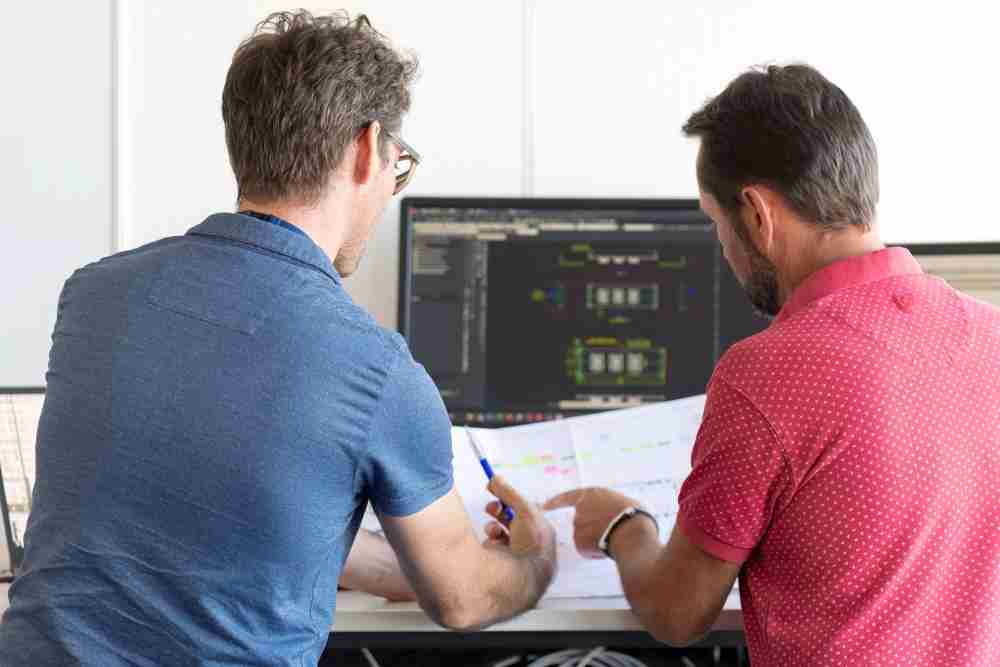Beyond boundaries Mechanical Engineering at Jet Aviation

Through innovation and collaborative development, our engineers keep exploring new routes and techniques to expand our in-house capabilities for the benefit of our customers.
We recently spent time with our mechanical maintenance engineering colleagues based in Basel to understand their role and the work they do on our modification and completion projects.
When a customer wishes to upgrade some elements of their existing aircraft and modify or add new features, this is when the mechanical engineering team gets involved. Starting from a basic paper layout or 2D sketches, and with the complete MRO documentation of the aircraft, a mechanical engineer is responsible to carry out a complete engineering study, the creation of pre- and post-modification renderings and sketches and the coordination with all supporting departments (SCM, production, and shops) of the execution of all work scope items. All of this, in accordance with all safety regulations and budget requirements defined in the quotation with the customer.
The role of the mechanical engineering team is crucial as the team needs to coordinate with a wide range of specialized units, such as electro, stress, installation, certification and flammability, the shops and the entire production and installation teams. This helps to ensure that mechanical, structural, and electronic systems are in compliance with all safety regulations but also are compatible with weight, sound, function and design of the aircraft until final certification
“Every day we try to approach projects with a new mindset and direction, and this is made possible by the strength of our team and the quality of the cooperation. We all have the same goal, exceeding customer expectation, that all unites us.”
Given the fact that many aircraft have been in service for quite some time, the scope of work can in some cases become very complex. It requires a high level of flexibility and collaborative work to overcome the complex technical challenges and to execute all items on a very tight schedule.
Each member of the team is important as each one is coming from a different background and brings a unique set of skills. “The versatility of the projects as well as the ability to oversee all aspects of it until the departure of the aircraft is for me very rewarding,” notes Florian Graille, Engineering Technician.
During 2023 more than 50’000 engineering hours have been invested and spread throughout nine large RMU projects and more than 190 aircraft modifications and repairs. Examples of modifications last year included the installation of Ka/Ku band antennas on several Completion and Maintenance projects for Boeing, Airbus and Gulfstream aircraft as well as the refurbishment of seats, interior panels, carpets, and cabinet configuration inside the cabin. Currently the team is performing impressive work inside a Boeing 737, with the implementation of a completely new seat structure via a seat adapter system developed in house, as well as an entire IFE cabin upgrade and next generation connectivity systems, to bring the aircraft to the latest generation standards.
Bruno Lacaze, Senior Lead Mechanical Engineer adds: “In order to respond to our customer needs, we must be constantly evolving. Every day we try to approach projects with a new mindset and direction, and this is made possible by the strength of our team and the quality of the cooperation. We all have the same goal, exceeding customer expectation, that all unites us.”